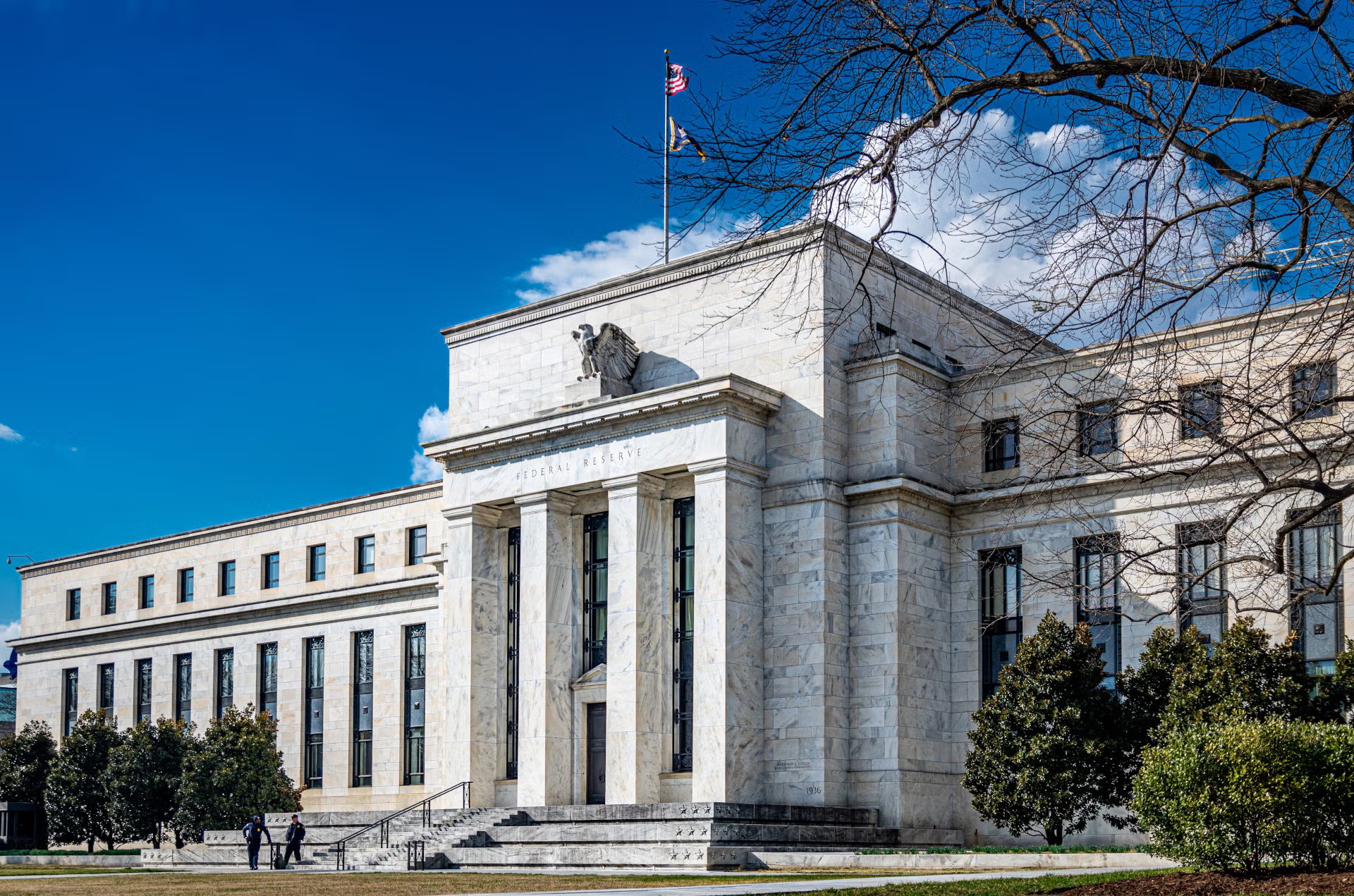According to remarks by the esteemed Federal Reserve Governor Christopher J. Waller at the Payments Innovation Conference on October 21, 2025, the Fed’s staff are tiptoeing toward a novel concept: a newfangled account permitting certain non-bank firms to tap into the central bank’s payment system. One might call it a “payment account,” though the more whimsical among us have dubbed it a “skinny” master account-slender in privileges, much like the waistline of a man who’s just been told to cut down on the scones.
What The Federal Reserve Is Proposing
This grand scheme, however, is not without its stingy limitations. Full bank privileges? Perish the thought! These accounts would likely earn no interest whatsoever, and the Fed’s discount window would remain firmly shut, as if it were a drawing-room door slammed in one’s face. Balance caps and risk limits would abound, like a hostess at a garden party who’s determined to keep the champagne flowing-but only in thimblefuls. Waller, ever the cautious host, noted that the plan remains in its exploratory phase, as if the Fed were testing whether guests might accidentally spill the punch bowl.
Limits And Safeguards
Regulators, those guardians of order, intend to maintain their guardrails with the vigor of a butler shooing away a stray poodle. Only “legally eligible” entities-whatever that means-would qualify. One imagines a clipboard-wielding clerk muttering, “Trust companies? Perhaps. State-chartered firms? Hmm… must check the rulebook… no, definitely not the poodles.”
Fed opens the gates for fintech and crypto access
Federal Reserve Governor Christopher Waller revealed today that the Fed is studying a new model of “payment accounts”. Streamlined accounts that would allow fintech and crypto firms to access the Fed’s payment infrastructure,…
– StrongSHx (@StrongSHX) October 21, 2025
These accounts, one suspects, would be as modest as a vicar’s hat at a royal ball. Smaller in scope than a typical master account, they’d come with explicit restrictions to minimize exposure to the payment system. Oversight, AML/KYC checks (those tedious inquiries about one’s true identity), and operational risk controls would form the bedrock of any application process-like a debutante’s dance card, but with more paperwork.

Why This Matters Now
Access to the Fed’s rails has long been the exclusive domain of banks, forcing fintech and crypto firms to rely on intermediary banks like a guest relying on a footman to fetch their sherry. Connecting directly-even in a limited capacity-could streamline settlement and reduce counterparty risks, much like a well-timed footman who never spills the sherry.
There is, of course, context: the Fed withdrew earlier guidance on bank crypto activities this year-on April 24, 2025-signaling a shift in tone toward integrating new players into payments. One might say they’ve traded their walking cane for a cricket bat.
Who Stands To Gain Or Lose
Crypto firms and stablecoin issuers may soon find themselves moving funds with the ease of a well-practiced quadrille. Banks, those stalwart intermediaries, may find their services less in demand, like a horse-drawn carriage company in the age of the motorcar. Competition, it seems, is coming to town-and it’s wearing a blockchain tie.

Meanwhile, regulators and bank supervisors will continue their tiresome task of thwarting fraud, illicit finance, and operational breakdowns-much like a host ensuring the punch bowl remains unspilled. Market participants, no doubt, will watch with bated breath as the Fed jousts with the OCC and FDIC over charters and deposit insurance, a tango as intricate as a Victorian waltz.
Read More
- Gold Rate Forecast
- Brent Oil Forecast
- Silver Rate Forecast
- Trump’s Tariff Tantrum Tanks Dow Jones, Leaves Markets in a Tizzy
- USD KRW PREDICTION
- XRP’s Grand Fiasco: $950M Sold in a Week – Bullish Dreams Shattered! 🤑💔
- Stablecoin Ratio Plummets, Tether & Circle Mint $7B… But Why?
- Bitcoin’s Wild Ride: Is $110K a Ceiling or a Floor? 🤷♂️
- 🤑 BTC Bottom Drama: Is the Crypto Circus Over… or Just Beginning? 🎪
- Cardano: Still a Cult or Just a Coin?
2025-10-23 02:56